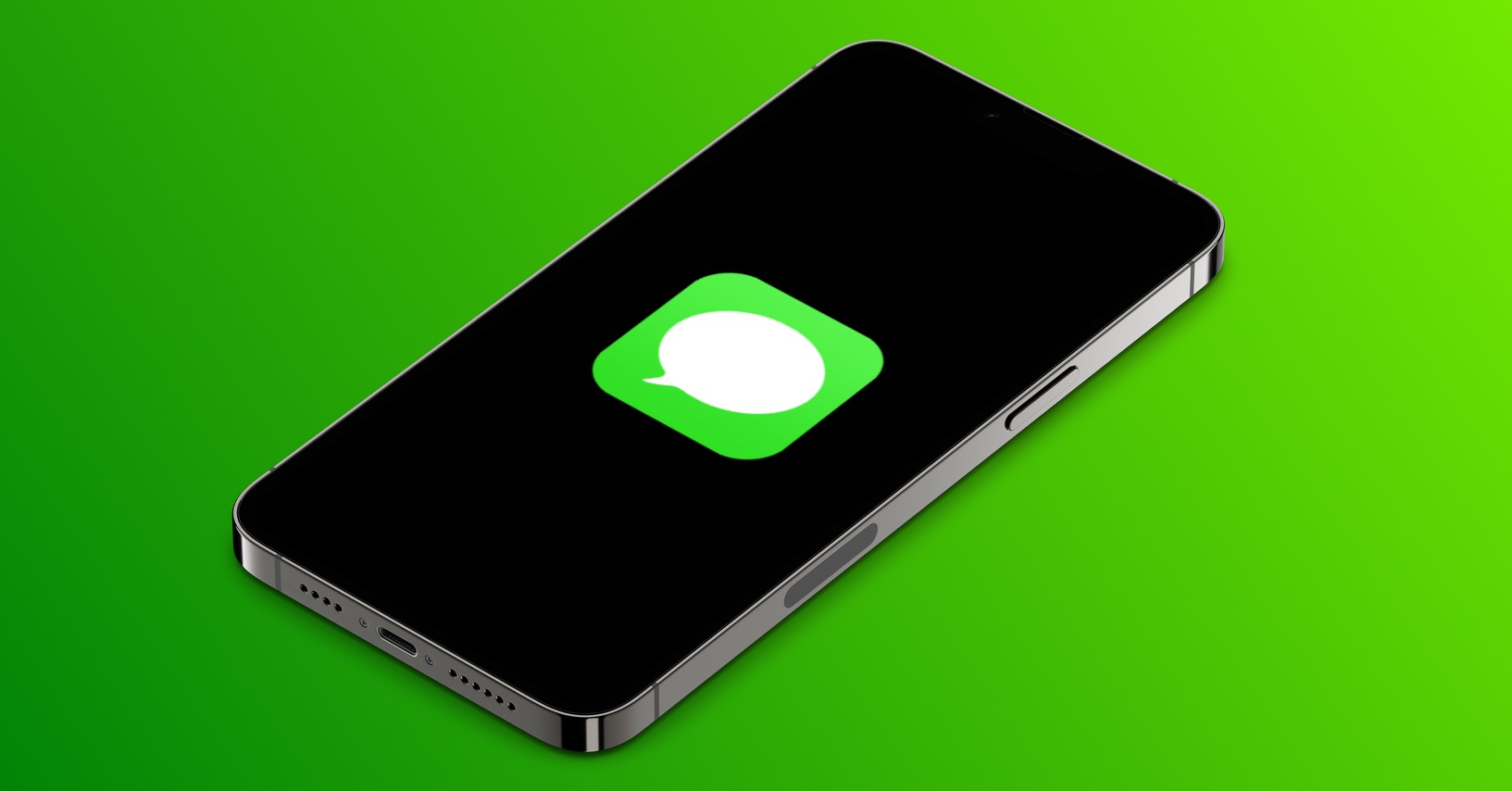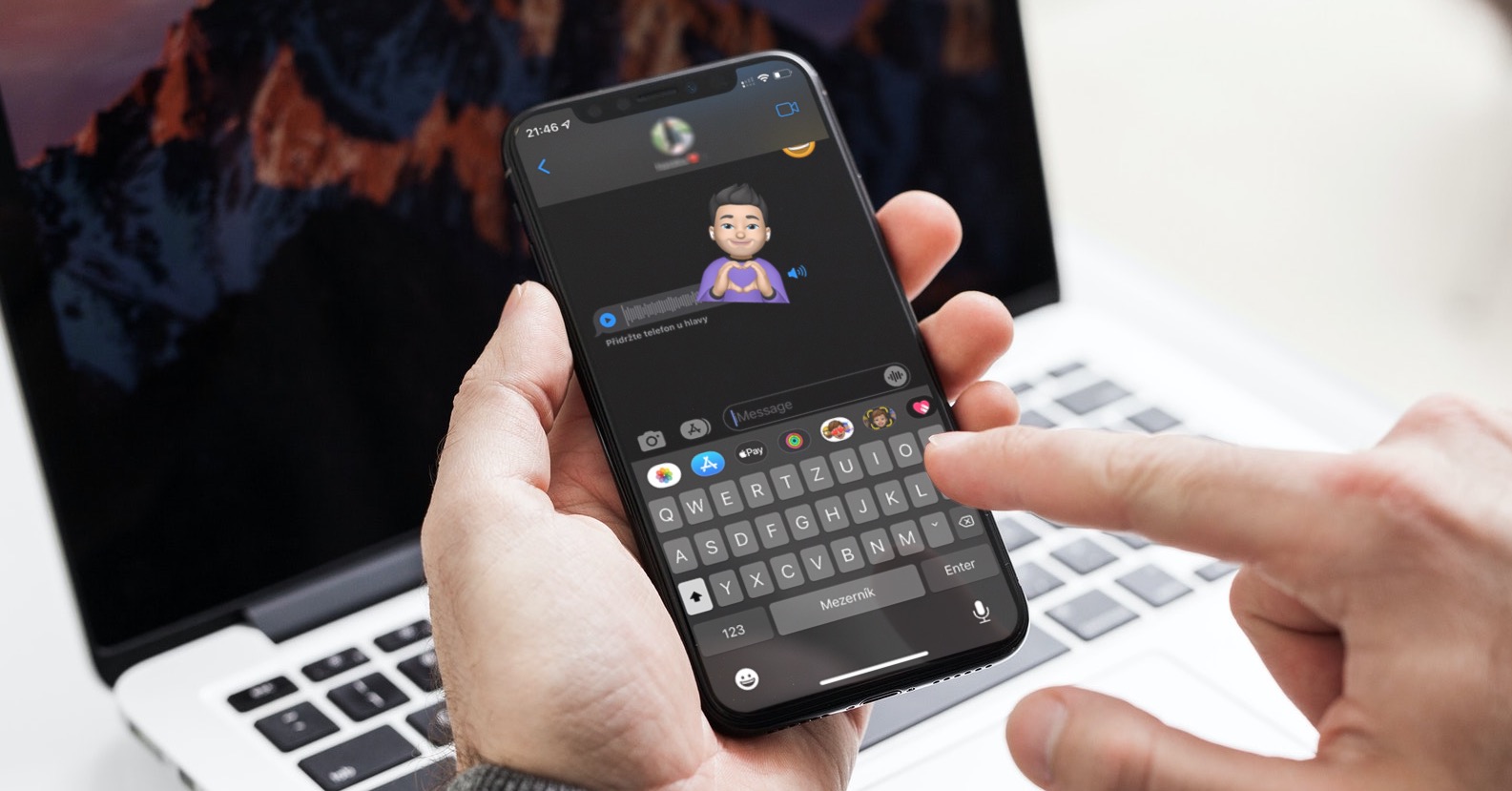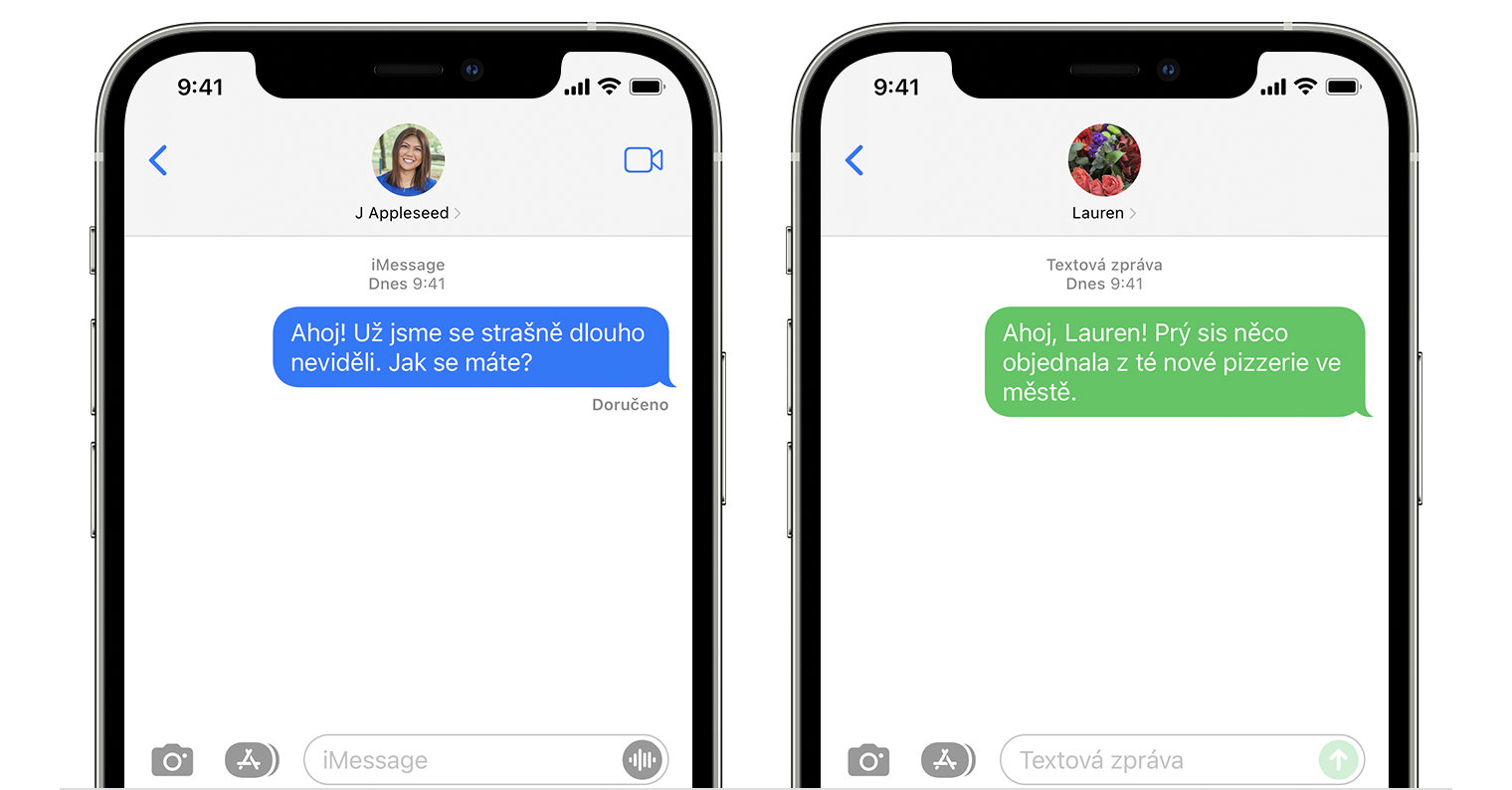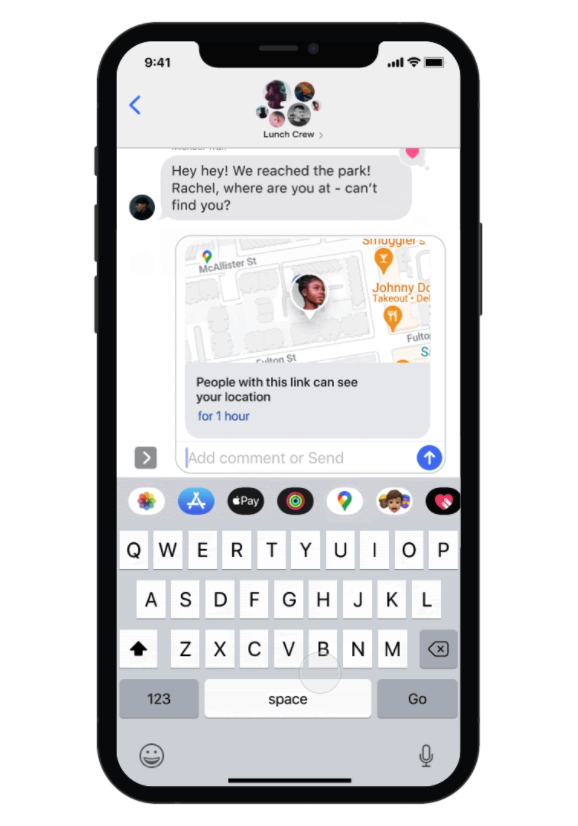In recent years, there has been a rather strange debate between apple-pickers and others regarding the color resolution of messages. While iMessages are highlighted in blue, all other SMS are green. This is a fairly simple difference. If you pick up an iPhone, open the native Messages app, and try to send a message to a person with an iPhone, the message will automatically be sent as an iMessage. At the same time, this will make a number of useful functions available - the apple user will thus get a writing indicator, a read notification, the possibility of quick reactions, sending with effects and the like.
It could be interest you

Android users, for example, are completely left out of all this. So if they want to connect with apple sellers via messages, they have no choice but to rely on the now relatively outdated SMS standard. Among other things, it was used for the first time at the end of 1992 and will celebrate its 30th birthday this December. At first glance, it's quite simple. In order for the user to immediately recognize whether he has sent an iMessage or an SMS, the messages are color-coded. While one variant is blue, the other is green. In reality, however, Apple has applied a rather interesting psychological strategy that indirectly keeps users locked inside its ecosystem.
Apple growers condemn "green bubbles"
In recent years, the already mentioned interesting debate has opened up. Apple users began to condemn the so-called "green bubbles", or green messages, which indicate that their recipient simply does not have an iPhone. The whole situation can be rather strange for a European apple grower. While some may perceive the color differentiation positively - the phone thus informs about the service used (iMessage x SMS) - and not turn it into any fundamental science, for some it can be slowly even crucial. This phenomenon appears mainly in Apple's homeland, namely in the United States of America, where the iPhone is number one on the market.
According to data from the statistical portal Statista.com Apple covered 2022% of the smartphone market in the second quarter of 48. The iPhone clearly dominates among young people aged 18-24, which in this case takes a roughly 74% share. At the same time, Apple has "created a philosophy" of using only native tools and services in its ecosystem. So if a young person in the US is using a competing Android, they may feel left out because they don't have access to the aforementioned iMessage features and are also distinguished from everyone else by a different color. At first glance, there is nothing wrong with green at all. But the trick is in which green Apple uses. It is clear that the Cupertino giant deliberately opted for a not very pleasant shade with a weak contrast, which simply does not look that good compared to the rich blue.
It could be interest you

Color psychology
Each color expresses a different emotion. This is a well-known fact that companies use every day, especially in the field of positioning and advertising. So it's no surprise that Apple has gone blue for its own method. It's all explained by Dr. Brent Coker, specialist in digital and viral marketing, according to whom blue is associated with, for example, calmness, peace, honesty and communication. What is most important in this regard, however, is that blue has no negative associations. On the other hand, green is not so lucky. Although it is often used to symbolize health and wealth, it also serves to depict envy or selfishness. The first problem can already be perceived in this.

Green as inferior
This whole situation has reached an unimaginable point. The New York Post portal came up with a rather interesting finding - for some young people, it is unimaginable to flirt or look for a partner in the ranks of "green bubbles". In the beginning, the innocent color distinction turned into the division of society into apple-pickers and "the others". If we add to this the aforementioned weak contrast of green and the general psychology of colors, some iPhone users may feel superior and even despise users of competing brands.
It could be interest you

But all of this plays into Apple's favor. The Cupertino giant thereby created another obstacle that keeps the apple-eaters inside the platform and does not allow them to leave. The closedness of the entire apple ecosystem is more or less built on this, and it mainly concerns hardware. For example, if you have an Apple Watch and you think of switching from iPhone to Android, you can immediately say goodbye to the watch. The same is true with Apple AirPods. Although those with Android at least work, they still do not offer such enjoyment as in combination with apple products. The iMessage messages also fit perfectly into all of this, or rather their color resolution, which (mainly) has a fairly high priority for young Apple users in the US.

 Adam Kos
Adam Kos
What the hell is this again???
Isn't that "not-so-flattering shade" actually the color of Android's mascot? :)
This is really unbelievable bullshit
Unbelievable but true.